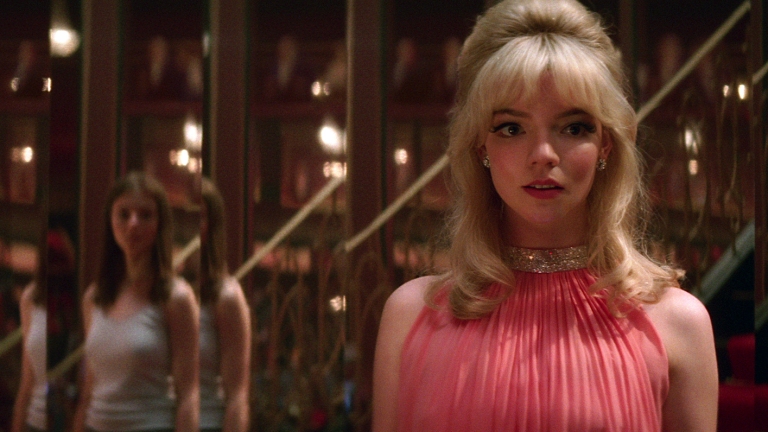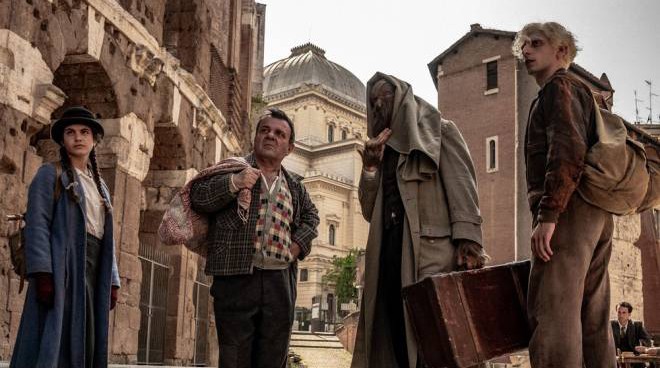Last Night in Soho
With Last night in Soho Edgar Wright takes a new directions in terms of capabilities of his poetics, but the film itself, despite its overall impeccable structure, lacks in the something that would make it a masterpiece.
 |
A ghost horror story, Last Night in Soho’s storyline ultimately is indeed coherent and well conceived, with little details and hints pervading every frame, some foreshadowings, but ultimately not innovative. Some scenes become a bit predictable, the twists are rather unoriginal, derivative of several ghost horror films. At some point, it appears that the film could have taken a much more daring and interesting direction but ultimately does not.
Nonetheless, the film is more than a mere horror: it builds on the inquietudes risen by the sexual abuse scandals that pervaded hollywood in recent years, and focuses on the topic of female exploitation and the dark side of the escalation to success. Even the earliest scenes point at the difficult female condition, both in past and present, the persistent sexist attitudes of people around them.
It is also the style that strikes in this film. Borrowing the lighting effects from Dario Argento and the convolution of the story from Polanski, Wright builds a new visual language for himself.
If the previous filmography by Edgar Wright was well known for its comedy and fast editing, Last Night in Soho seems to abandon these most unique traits. Instead, Wright opts for a more fluid cinematography, which does not however slow down the final result. The energy that pervades Wright’s previlus cinematography stilll pervades every frame.
The cast ensemble deserves a special mention, with the lead of Thomasin Mackenzie, best known by audiences from JoJo Rabbit, who here takes on a very different rolw in which she fits perfectly, Matt Smith, always outstanding in villainous roles, and Anya Taylor-Joy, whose undisputed talent however might seem a bit misplaced for a role that is for a too wide portion of the film displayed as an object rather than a subject.
Ultimately, the best trait of Last Night in Soho is the door it leaves open for Edgar Wright’s future films, projected towards radical new directions.


Comments
Post a Comment